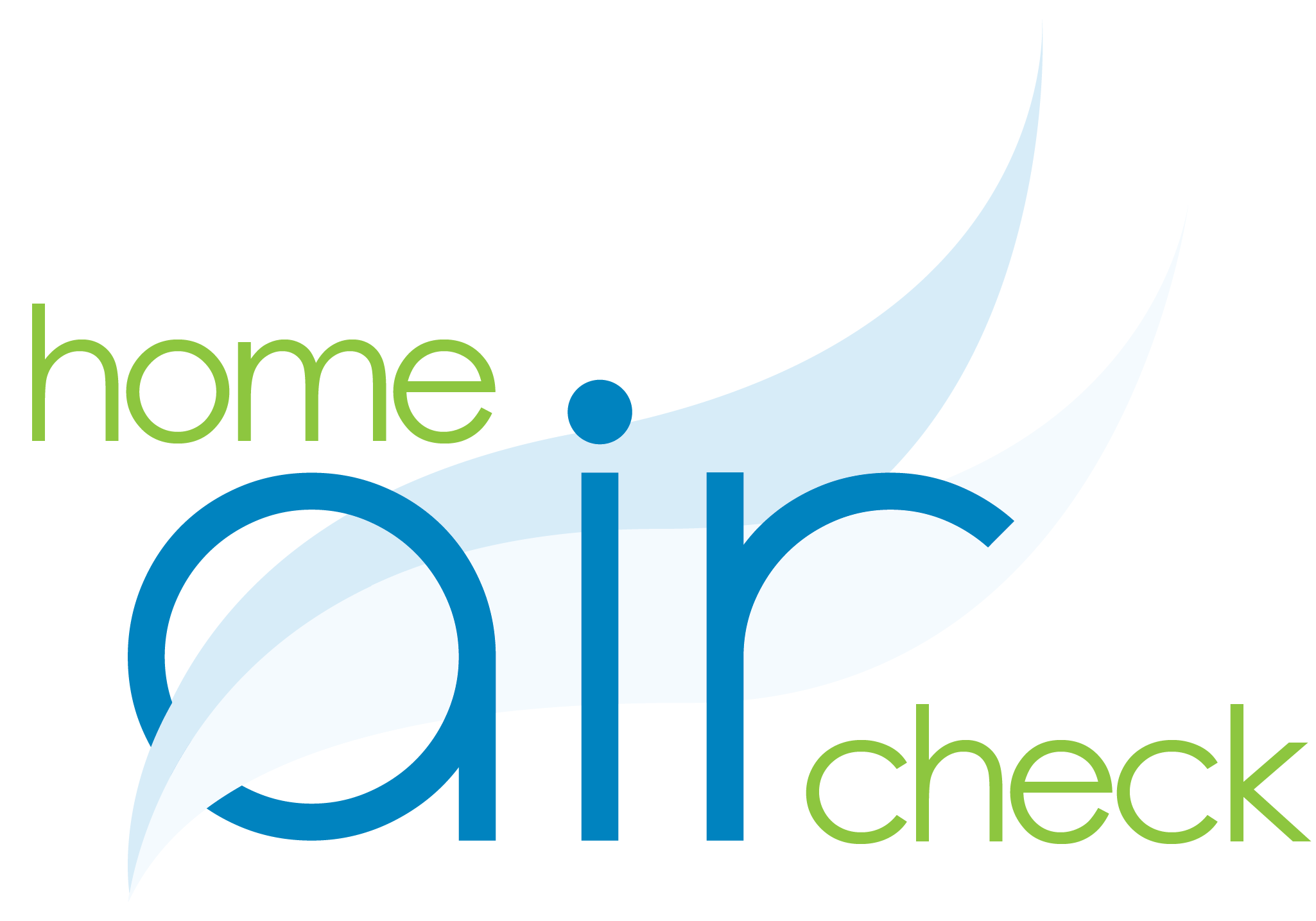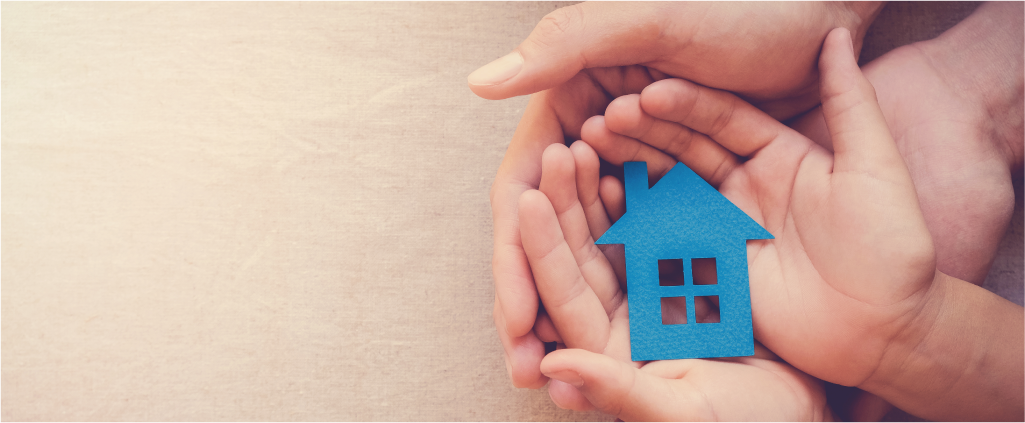Mold – that stubborn intruder that can quietly infiltrate our homes, affecting not only our living spaces but also our health. Because it is not easily detectable, this uninvited guest can wreak havoc often without us even realizing it. Whether you’re a homeowner looking to safeguard your family’s well-being or a tenant concerned about your living conditions, this blog will offer some insight into how to confirm the presence of mold.
To start, here are a few simple tells that mold may be present in your home:
ONE: Use Your Nose
One of the most noticeable signs is its musty odor. If you detect an unusual, earthy smell in your home, especially in damp or poorly ventilated areas, it could be a sign of mold growth. Trust your sense of smell and investigate further if you notice this distinct odor.
TWO: Check for Visible Signs
Mold often appears as discolored spots or patches on walls, ceilings, and other surfaces. It can be black, green, brown, or even white. Inspect areas prone to moisture, such as bathrooms, kitchens, basements, and around windows for any visible mold growth. Pay attention to any fuzzy or slimy textures on surfaces.
THREE: Look for Water Leaks
Mold thrives in damp environments, so identifying water leaks is essential in mold detection. Check for any signs of water damage, such as peeling paint, bubbling wallpaper, or discolored patches on walls or ceilings. These are potential indicators of mold-friendly conditions.

So you have come to the conclusion there may be mold in your home, what is the best course of action? – If you suspect you have mold and you can’t find any physical evidence of it in the home you can test your indoor air for mold and other contaminants. This short video explains how the Home Air Check system assists in testing for mold. There are two primary methods of detecting mold.
Spore Detection
This method involves looking for mold spores, which are tiny particles released by mold when it’s disturbed. Exposure to these spores can trigger allergic or histamine reactions in individuals. Mold Spores can be tested using our Surface Dust analysis. Have a known mold exposure and looking for the source? Keep in mind that mold spores can also be ingested via our foods.
VOC (Volatile Organic Compound) Testing
The Home Air Check system focuses on detecting mold-related VOCs. When mold actively grows, it requires water, oxygen, and a food source for digestion. During this growth process, mold emits specific chemical compounds, resulting in distinct odors and smells. The system essentially looks for these “mold burps” or chemical compounds that are part of the mold’s digestive process.
This VOC testing helps identify mold-related issues in a unique way, focusing on the chemicals emitted during mold growth rather than the spores themselves.
Curious about the quality of your indoor air? CLICK HERE!


